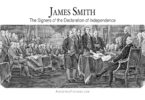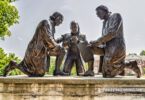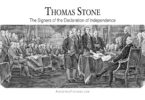Oliver Wolcott was born in 1726 in Windsor, Connecticut, the youngest of fourteen children born to Governor Roger Wolcott and Sarah Drake. Oliver had a traditional education for a young boy from a well-to-do family of that time, and after his primary schooling was done, he attended Yale College (later known as Yale University). Oliver graduated from Yale in 1747 at the top of his class, which no doubt made his parents quite proud.
After graduating from Yale, Oliver was granted a captain’s commission by New York Governor George Clinton, with the mission of raising a militia company to fight alongside the British military in the French and Indian War. While serving in this war, Oliver was stationed on the northern frontier to defend the Canadian border. He kept the French away from the border successfully until the war ended with the Treaty of Aix-la-Chapelle.
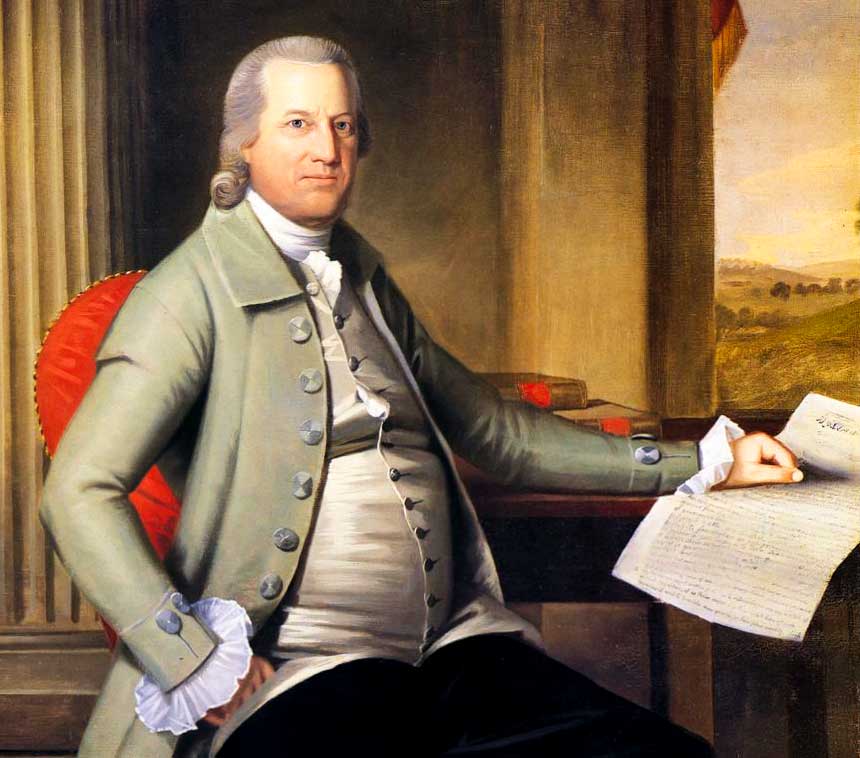
After the war was done, Oliver moved to the town of Goshen on the northwestern Connecticut frontier. There, Oliver joined his older brother, Alexander, to study and practice medicine with him. This was not suited to Oliver, so he eventually moved on from Goshen and moved to Lichfield, Connecticut, to become a merchant. While there, Oliver was appointed as the sheriff of the brand new Lichfield County, Connecticut, serving in this position from 1751 to 1771.
While serving as sheriff in Lichfield County, Oliver met and married Lorraine (Laura) Collins of Guilford, Connecticut, in 1755. She was from a wealthy family and had an impeccable upbringing, making her an extremely suitable partner for a man like Oliver. Together, he and Lorraine had five children, four of whom lived past childhood. Their children’s names were Oliver (who died as a newborn), Oliver Jr., Laura, Mariann, and Frederick. Mariann, in particular, was noted in society columns in New York, Philadelphia, and Connecticut as being one of the most renowned beauties of her day.
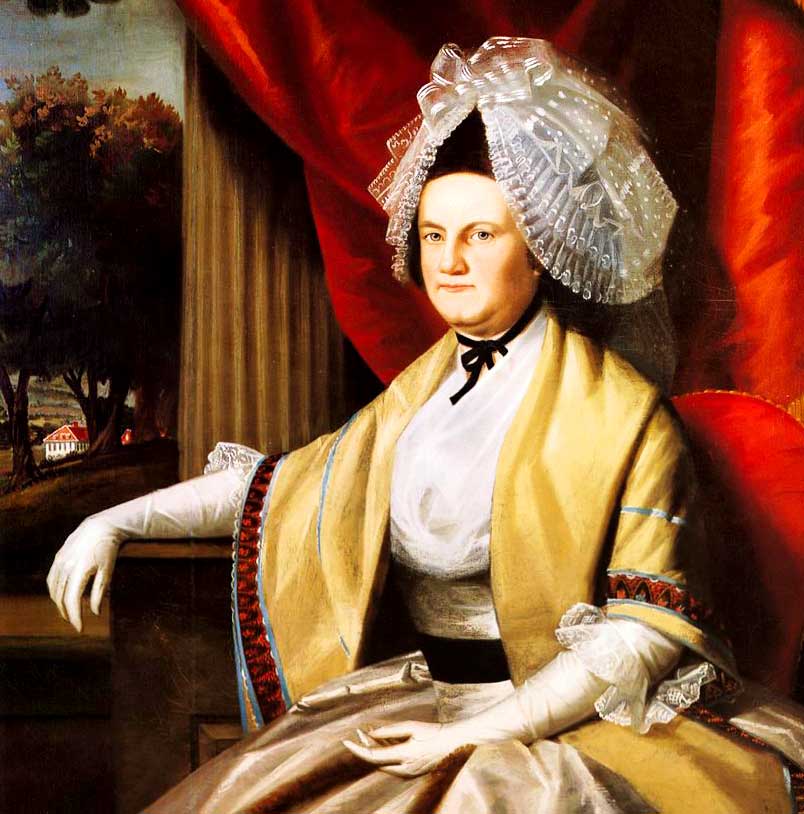
After starting his family, the American Revolution appeared on the horizon. During wartime, Oliver essentially had two careers. These were a militia officer and a delegate from the colony of Connecticut to the Continental Congress.
In his militia career, Oliver was a brigadier general and later a major general in the Connecticut militia and actually participated in the American Revolution in this capacity, to great success. In the Continental Congress, Oliver was a vocal proponent of independence. From the time he arrived at the Continental Congress, Oliver was clear that his position was that the colonists would not give up their rights and privileges to Great Britain. In fact, in 1776, he said:
“Our difference with Great Britain has become very great. What matters will issue in, I cannot say, but perhaps in a total disseverance from Great Britain.”
Not long after signing the Declaration of Independence, officials in Connecticut called Oliver up to service and ordered him to take the Seventeenth Regiment and march it to New York, where they were to join George Washington’s army. Once he and his militia arrived at Washington’s camp in New York, Connecticut Governor Jonathan Trumbull appointed him as brigadier general in charge of all of Connecticut’s militia units in New York.
In this capacity, Oliver led three to four hundred volunteers to Saratoga, New York, where they assisted General Horatio Gates and Benedict Arnold in defeating British General John Burgoyne at the now historically famous Battle of Saratoga.
In 1779, Oliver was gifted with a military promotion to the major general position. Oliver participated in active combat that summer in protecting the coastline from a raid by British General William Tryon. This campaign was not nearly as successful as the Saratoga campaign. Oliver apparently had a great deal of disdain for General Tryon. In fact, in his memoirs, Oliver described Tryon in particular, and the British military in general, as “a foe who has not only insulted every principle which governs civilized nations, but by their barbarities, offered the grossest indignities to human nature.”
As far as his career at the Continental Congress, Oliver was appointed as a commissioner of Indian affairs by the leaders of the Congress, with a mission of persuading the Natives in the northern American colonies to stay neutral in the conflict between America and Great Britain. The leaders of the Congress believed Oliver to be uniquely qualified to act as a persuasive liaison with the Natives because of his experience interacting with them on the northern front in the French and Indian War. Oliver, along with Richard Butler and Arthur Lee, was asked by Congress to talk with representatives of the Six Nations at Fort Schuyler and negotiate a peace treaty with them.
After the American Revolution was done, Oliver kept up his public service passion and was elected Lieutenant Governor of Connecticut as a member of the Federalist Party. Oliver stayed in that office until he crossed to the other side at the age of seventy-one.
Oliver crossed to the other side in 1797 in Litchfield, Connecticut, and was buried in the East Cemetery there. Prominent Connecticut historian Ellsworth Grant says of Oliver’s efforts during the American Revolution, “It is doubtful if any other official in Connecticut during this period carried so many public duties on his shoulders.”
Today, the town of Wolcott in Connecticut is named after Oliver. A school named after him in Torrington, Connecticut, is called the Oliver Wolcott Technical High School. Oliver’s house in Litchfield, Connecticut, was designated as a national historic landmark in 1971. Even as early as 1798, the officials in the new United States were keen to honor Oliver. That year, they re-named the Fort Washington on Goat Island in Newport, Rhode Island, after him, calling it Fort Wolcott. Fort Wolcott was an active military fortification for the United States until 1836 and later became the site of the US Naval Torpedo Station.

